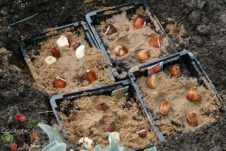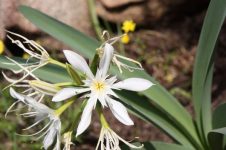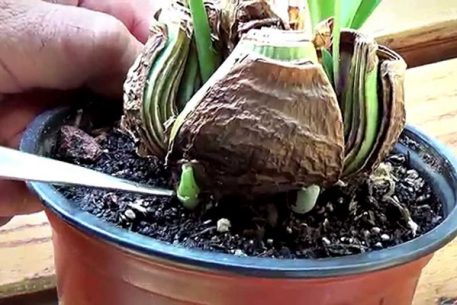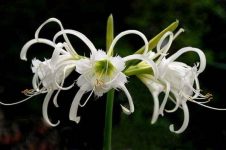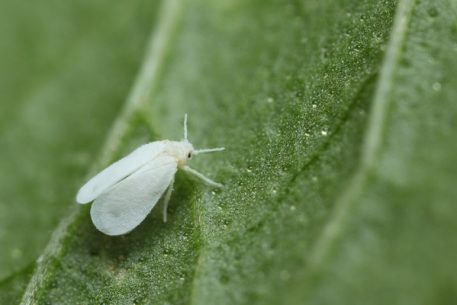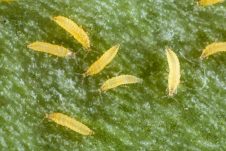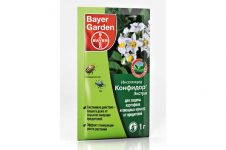Gymenokallis is an unusual type of flower, similar to a lily with thin petals, like spider legs. This plant is highly regarded for its decorative and pleasant aroma of flowers, reminiscent of vanilla sugar or baked muffin.
Material Content:
Description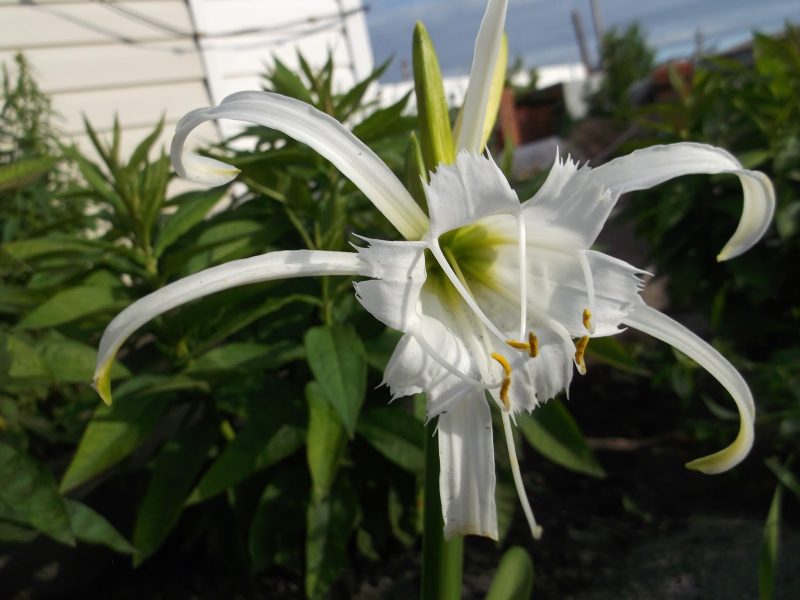
Hymenocallis belong to the Amaryllis family, their homeland is South America, Florida, Cuba, and the Caribbean. Various species of this plant are combined in 6 groups, which differ in their location and growing conditions. Among them there are plants with a pronounced dormant period, which drop leaves for the winter, and evergreens, for example, Caribbean hymenocallis.
In decorative floriculture, there is a flower called Ismen, it belongs to the same family as Gimenokallis, it has a similar floral corolla. These flowers are often confused, and even when sold is hybrid or bent, they are often called festive (early) hymenocallis (Latin Hymenocallis x festalis).
In household plots, it is cultivated mainly on the ismen.
Description of festive gimenokallis:
• Plant root - the bulb with a diameter of up to 1 dm has an ovoid shape.
• Belt-shaped, dark green sheet plates grow up to half a meter in height.
• The flower stalk decorates an umbrella inflorescence of several flowers (from 3 to 6).
• Perianth is composed of a snow-white crown resembling a bell and six graceful, elongated petals.
• The flowering period begins at the very beginning of summer and lasts about 2 weeks.
• Flowers are directed to the sides or down (in real hymenocallis they always look up).
Despite the apparent similarity of gimenokallis with ismen, these flowers are excellent. The false stem and green color of the base of the stamens is not inherent in our protagonist.
Outdoor Landing Technology
Festive hymenokallis is grown in the garden, digging bulbs for the winter so that they do not freeze. Evergreen hymenocallis are used only as indoor plants.
Bulbs are prepared for planting in advance. They begin to plant in open ground in May.
They are kept in a cool room all winter, and at the end of March they are moved to a warm room so that they themselves get out of rest.
• Choose a place well-lit, protected from the winds. In partial shade, the flowering will be sparse, the leaves are pale, like a whip.
• The bulb is buried by 5 cm. If it is too close to the surface, the plant may not bloom, growing a large number of daughter bulbs.
• When planting in open ground, rotted organic matter (compost) is added to the planting hole.
• The soil should be very loose, with a neutral reaction of the environment. River sand, bark or vermiculite is mixed into it.
How to care for gimenokallis on the site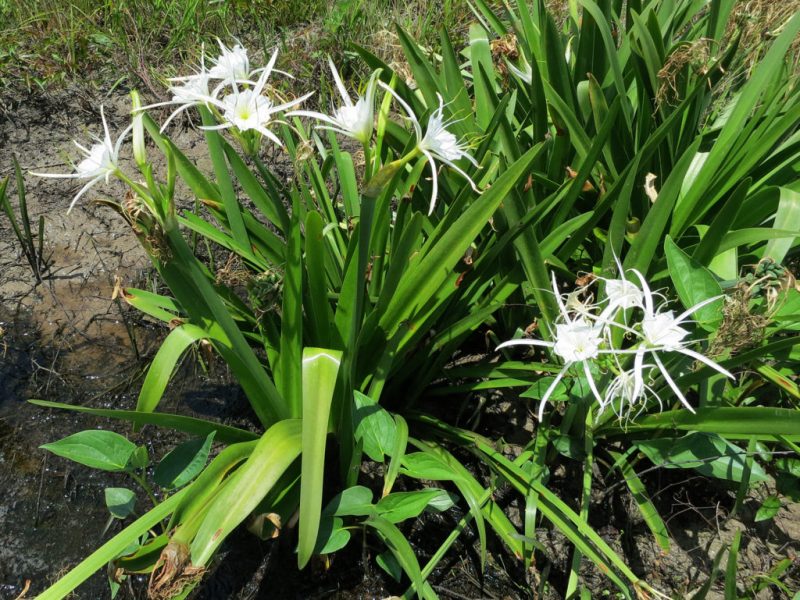
This photophilous plant, planted on the south side of the site, requires light shading in the afternoon hours, because it does not tolerate air temperatures above 27 ° C. In summer, Gimenokallis needs abundant watering. On hot days, watered daily as soon as the topsoil dries.
They feed the plant with fertilizer for bulbs. Feeding begins when leaves appear, and end after flowering.
Increase the dose during distillation from monthly to weekly. Organic fertilizer can not be used in the summer - the bulbs must mature and prepare for wintering.
The plant does not tolerate cold weather. In the fall, without waiting for frost, the bulbs are dug up directly with green leaves.
• They are laid out for drying for 2 to 3 weeks. During this time, the leaves themselves turn yellow and die.
• Bulbs are placed in sawdust or dry loose soil in boxes and put in a cool room.
• In winter, at a room temperature of 15 - 17 ° C, the bulbs are moistened once a month. If colder, about 8 - 10 ° C, do not water at all.
Methods of propagating flowers
Gimenokallis festive does not propagate by seeds. For these purposes, onion bulbs are used.
During spring transplantation into open ground or in flower pots from last year’s bulbs, daughter branches are broken off.
Most of the children are plants planted closer to the surface of the soil, sometimes this occurs at the expense of flowering.
Diseases and pests - how to treat
On the plant in summer you can see aphids, thrips, whiteflies or insects. Colonies of larvae from the leaves are removed with cotton wool soaked in an alcohol solution. If there are many pests, water the soil under the flowers with systemic insecticides (“Confidor” or “Aktara”).
To prevent the occurrence of rot of hymenocallis, it is useful to water a fungicide solution (Fitosporin, Fundazol, Maxim, etc.).
It is interesting:Aglaonema care
Home care and growing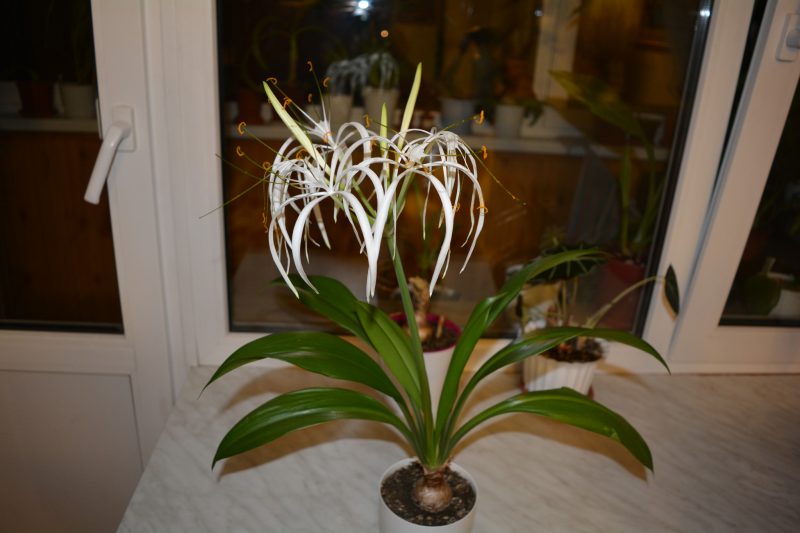
For hymenocallis, you need a spacious pot. A capacity of 10 cm in diameter is suitable for a young plant. For adult specimens, choose a flowerpot with a volume of 5 - 7 liters with large drainage holes at the bottom.
• The soil. For cultivation, loose and fertile, with the addition of humus and sand, is prepared. When transplanted, the bulb is planted to a depth of about 3 cm. If the top is exposed, mulch with fresh soil.
• Lighting. A pot with a plant is placed on the windowsills of windows facing south. But from noon to 3 p.m. in the summertime, they shade it from bright sunlight.
• Air parameters. Gimenokallis flower hardly tolerates the lack of fresh air and summer stuffiness, it is useful to do ventilation in the room. The plant does not require high humidity, it can not be sprayed on the leaves.
• Watering.In the summertime it is plentiful, the soil at depth should always be a little moist.
In winter, the bulbs of the plants are stored in the same land in which they grew, taking them to a cooler room with an air temperature not lower than + 10 ° C. Planting material is not watered. It is undesirable to store the bulbs in a warm room, this will disrupt the dormant period, and weaken the plant for next year. Planted in fresh soil in March, resuming watering after a few days.
If you dig the bulbs for storage in boxes with sawdust, do not touch the roots with your hands, you can not clean and wash the ground from the bulbs.
Why the flower Gimenokallis does not bloom, the lower leaves turn yellow
The causes of yellowing of the leaves can be different:
1. In autumn, when the resting period begins at the festive Gimenokallis, its leaves turn yellow for natural reasons. All winter, the bulbs, dropping the foliage, will "sleep", and in the spring a new period of vegetation will begin.
2. Leaves may turn yellow due to root disease. From increased moisture in the soil, the bulbs easily rot. Therefore, you need to plant the plant in loose soil, well-permeable to moisture, on dry areas in the garden.
Lack of moisture also causes problems. If the leaves lose their elasticity and wilt, and the earth is dry, the plants need to be watered.
3. Incorrectly selected fertilizer or dosage of fertilizing is also dangerous. With an increased concentration of mineral fertilizer, it can burn the roots. If the flower lacks trace elements, leaf chlorosis may begin.
4. Too alkaline soil prevents the root from assimilating macro- and microelements coming in with fertilizers. If there is no way to check the reaction of the environment, it is better to simply transplant the flower by adding fresh fertile soil to the hole (or flower pot).
5. The cause of yellowing and drying of the leaves are often insect pests. After carefully examining the plants, you can see a thin cobweb on the underside of the leaves and spider mites or other unwanted guests that made it. It is advisable not to postpone pest control for a long time - the plant may die.
Elegant gimenokallis will become a worthy decoration of the garden. Since it does not bloom for a long time, remontant roses or other flowers are planted next to it, which bloom in spring and bloom to the coldest.
Read also:ammofoska



